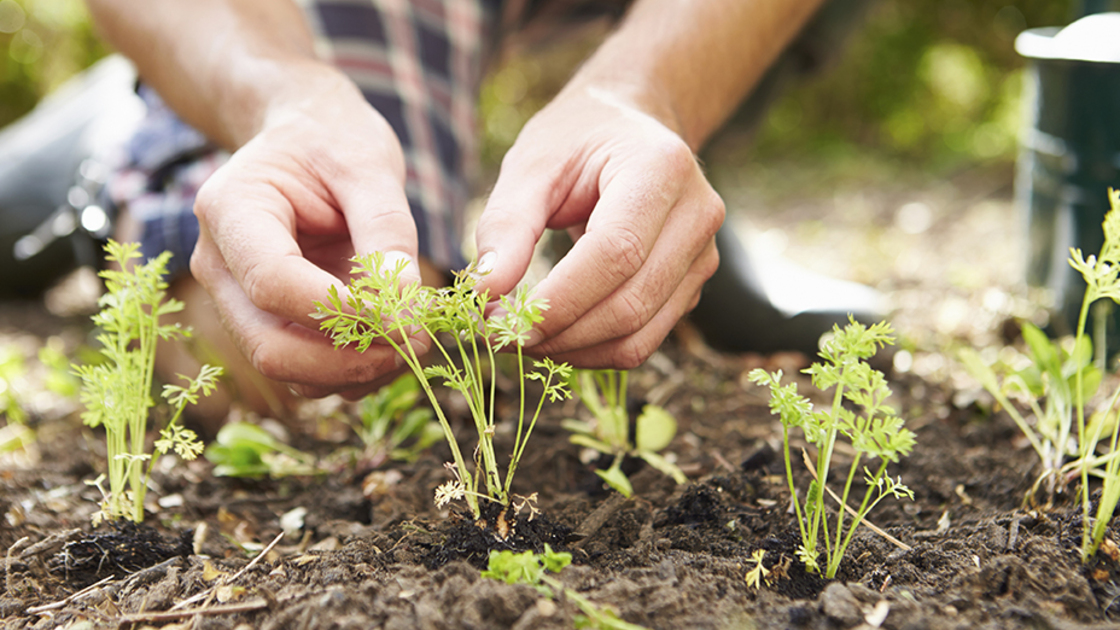Spring has sprung! Even though the weather can be wintry some days, it’s time to start working in the garden. Here are some tips for getting your plots ready to grow.
Know Your Soil
Walking on wet soil can cause it to compact, so after the spring thaw wait until the ground dries to start working in your flower and vegetable beds. To test the moisture level, squeeze a clump of dirt in your hand; if it breaks apart when you open your hand, it is dry enough to work.
Know Your Plant Hardiness
As temperatures begin to warm and plants emerge from dormancy, slowly remove protective mulches. But beware of removing mulches too soon, since hard freezes are still possible in various regions this time of year. For a general idea of whether a plant can survive the winter in your area, study a good hardiness zone map. (Here is a good place to start.) Many such charts simply take the United States Department of Agriculture temperature classifications and map them onto other countries. But some countries have developed their own maps. If you live in one of these countries, study how the numbering systems differ.
Plant Your Potatoes and Onions
When you see your grass start to green up, the time is right for planting onions and potatoes. Your best option is to buy seed potatoes, since the potatoes at the grocery store are susceptible to disease and often will not sprout. You can plant small whole potatoes or you can cut larger ones into pieces, as long as each piece has at least one to three eyes. Allow the cut pieces to dry overnight to prevent rotting once they are planted. Here is a website with seven ways to plant them.
Plant Your Parsley and Cool-Season Vegetables
Now is also the time to plant parsley in your herb garden and sow your cool-season veggies: beets, carrots, salad greens and spinach. Delay seed sowing in open soil until you can see weeds growing strongly; this is a good sign that plant-growing conditions are starting to warm up at last. A good way to get a head start is to start plants indoors. Here is a resource on using containers and here is another for setting your plants out.
Use Quality Seeds
The Organic Seed Growers and Trade Association promotes the organic seed trade and its growers, and it strives to give organic gardeners access to excellent quality organic seeds that are hearty and free of contaminants. You can find a number of reputable organic seed companies on its List of Member Websites.
Plan Ahead for Your Moisture Needs
As temperatures increase, so will the water needs of your garden. To give plants just the right amount, adjust your irrigation timers to increase the number of days per week it operates, but don’t increase the number of minutes per cycle. Spread a three- to four-inch layer of compost, bark chips, forest mulch or other organic matter around plants to help retain soil moisture and keep the garden cooler. This organic matter will also enhance the soil as it breaks down.
If it is still too cold in your area to plant outside, prepare supports for tomatoes and beans to save time later. The polar vortex is slowly leaving, and there is work to do!
Happy gardening!
